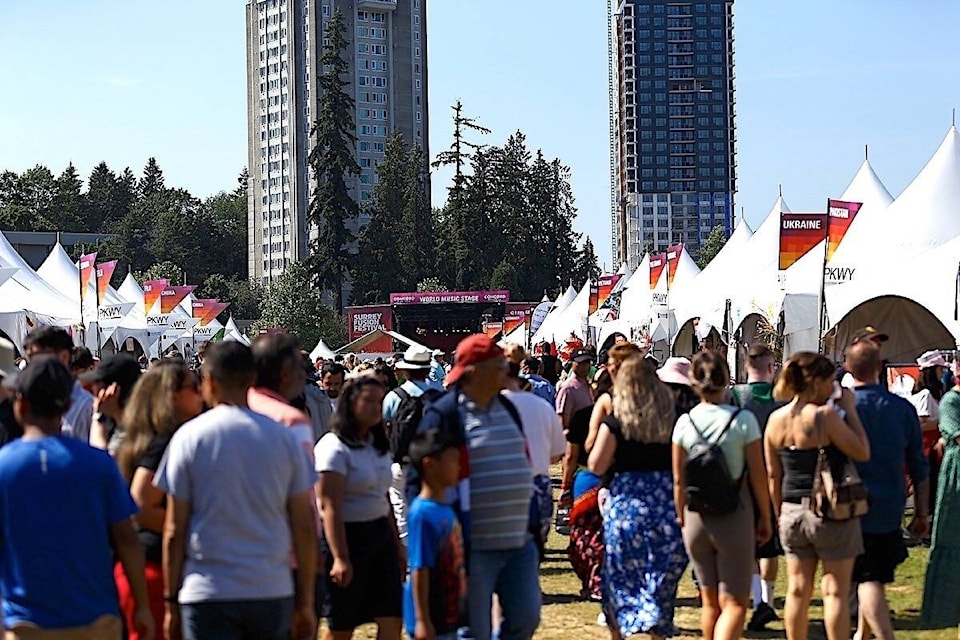By Frank Bucholtz, columnist
Only one phrase can be used to describe Surrey’s population: constantly growing.
The B.C. government recently estimated that Surrey’s population will top one million by the mid-2040s. In just over 20 years (2046 to be exact), the estimated population will be 1,054,376.
Also included with that estimate is a projection that Surrey will have more people than Vancouver five years from now.
Many people who have watched Surrey’s growth over the years knew that day was eventually coming. However, now BC Stats has said it projects Surrey’s population in 2029 will be 785,619, just slightly ahead of Vancouver’s, which is expected to be 780,075.
• RELATED: Surrey’s population 1,054,376 by 2046.
The probability of that happening is very high. Unlike Vancouver, Surrey still has plenty of land available for development. SkyTrain will cross the city in 2028. The province wants densities increased in all neighbourhoods, and is calling for particularly high density around transit lines and SkyTrain stations.
The federal government has brought in more than one million people in the past year. A significant number are foreign students, and many have brought their families here and would like to stay in Canada — if they can afford to do so.
Many of those recent arrivals live in Surrey. Even though rents are very high, this city continues to attract many newcomers. Part of the attraction is being able to gather with people from their culture, and another part is a wide variety of services available for people new to Canada.
Surrey also has a very young population. The school district is by far the largest in B.C., and the school population continues to grow at a rapid pace. Simon Fraser University’s Surrey campus attracts a lot of students, as do the three Kwantlen Polytechnic University campuses in Surrey (City Centre, Newton and Cloverdale). UBC is preparing to have an increased presence here as well, with a biomedical engineering school set to open in 2025.
With so many people coming, some longer-term residents feel anxious and uncertain. Change at a rapid pace is often difficult to adjust to.
However, the positive factors cannot be ignored. If Surrey does become the largest city in B.C., federal and provincial governments will have to realize that services and infrastructure need to keep pace. It is astonishing that construction of a second hospital in Surrey is only beginning now, in Cloverdale. It also remains puzzling that the province is not fast-tracking construction of new schools, given its own population projections and housing policies.
Many more new people will mean more businesses, more jobs and much more variety of activities, from the arts to dining out.
Surrey’s immediate neighbours will also grow, but much more slowly. White Rock is expected to grow by about 7,000 people between now and 2046, when the population is estimated to be 29,512. Delta is expected to grow from 118,320 people now to 153,678 by 2046.
When I started my journalism career 46 years ago in Surrey, then a municipality, the population was about 130,000. It is now more than four times that number. Looking back, it is hard to believe how much has changed. Much more change is just over the horizon.
Frank Bucholtz writes every second week for Black Press Media.
